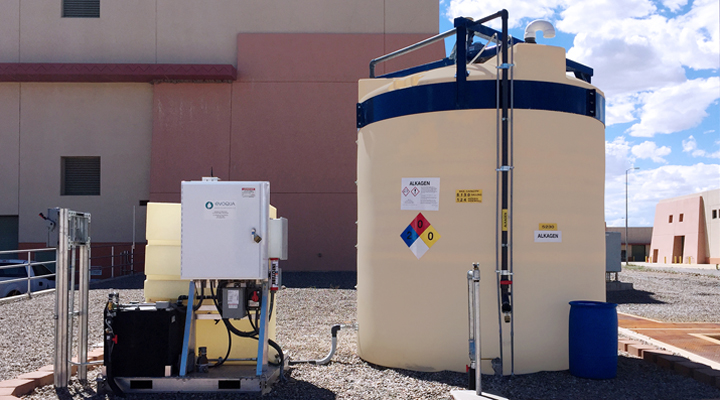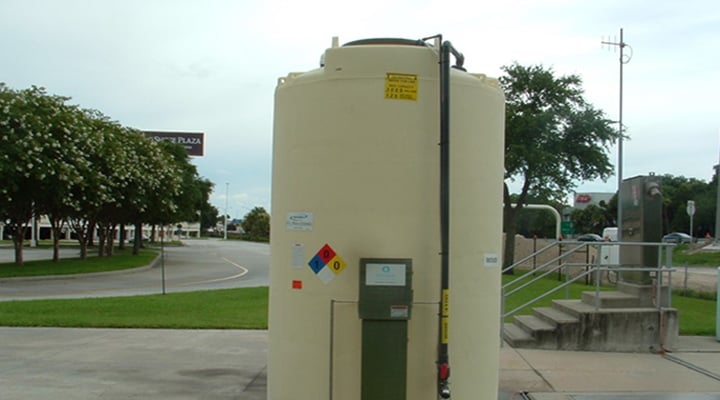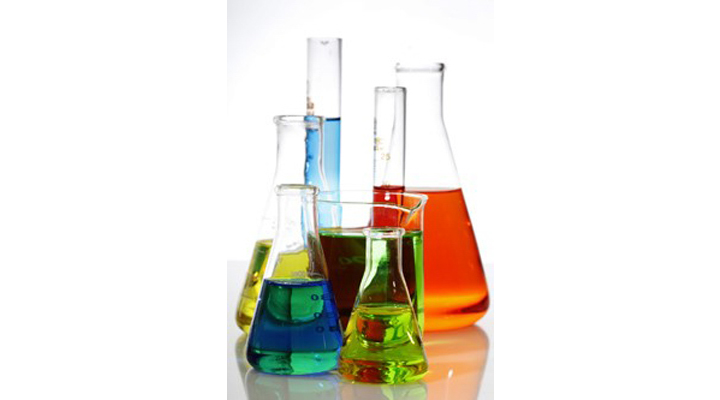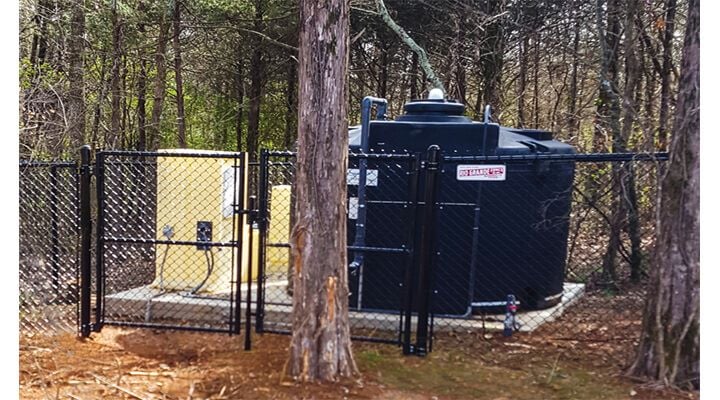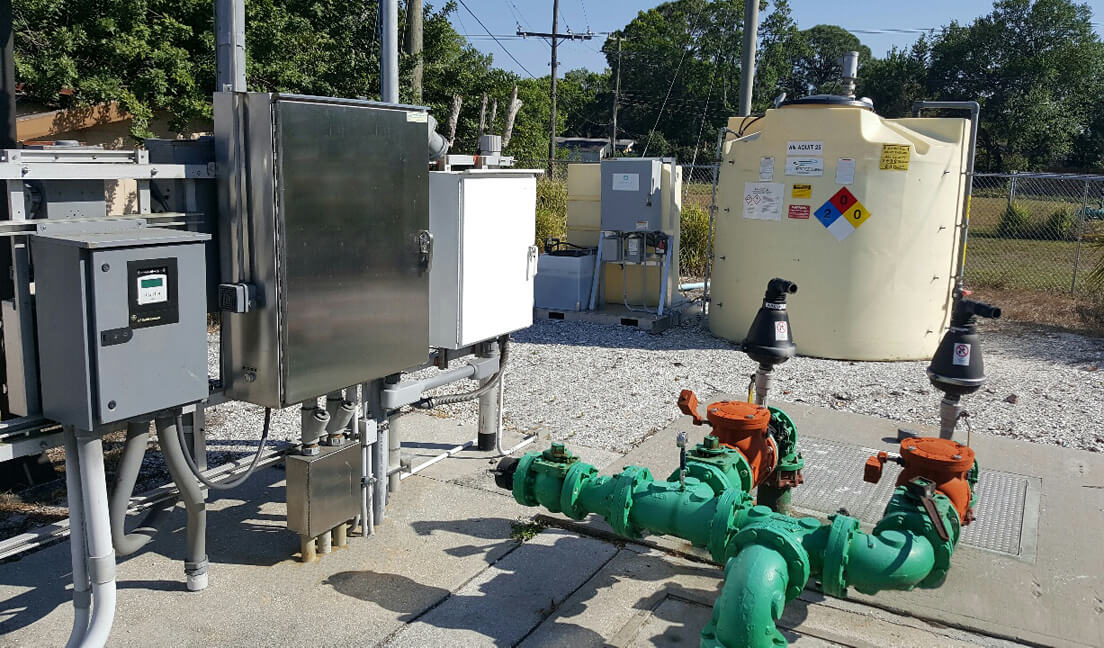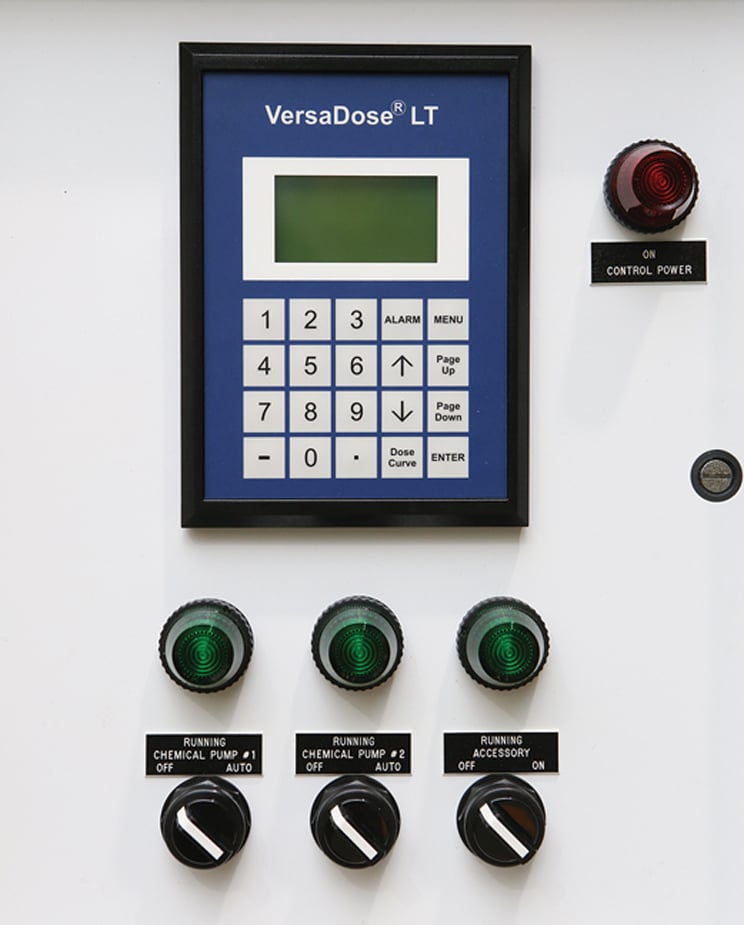Microbial Induced Corrosion (MIC) in wastewater collection and treatment systems is a severe and on-going problem in the United States. In addition to the direct cost of replacing corroded infrastructure, there are hidden costs in lost time and labor which are diverted to emergency and repair activities. There are also dangers associated with leaking sewer pipes and street collapses.
The Chemistry of Corrosion
Hyrdogen sulfide is a naturally occuring compound in sewer sytems. Under acidic or turbulent conditions, hydrogen sulfide is released from wastewater in the form of gas. Thiobacillus bacteria in the system oxidize the gas to form sulfuric acid, which corrodes sewer pipes and weakens concrete structures, shortening the life of your wastewater treatment system.
Sulfuric acid accelerates corrosion in sewer pipes and concrete structures
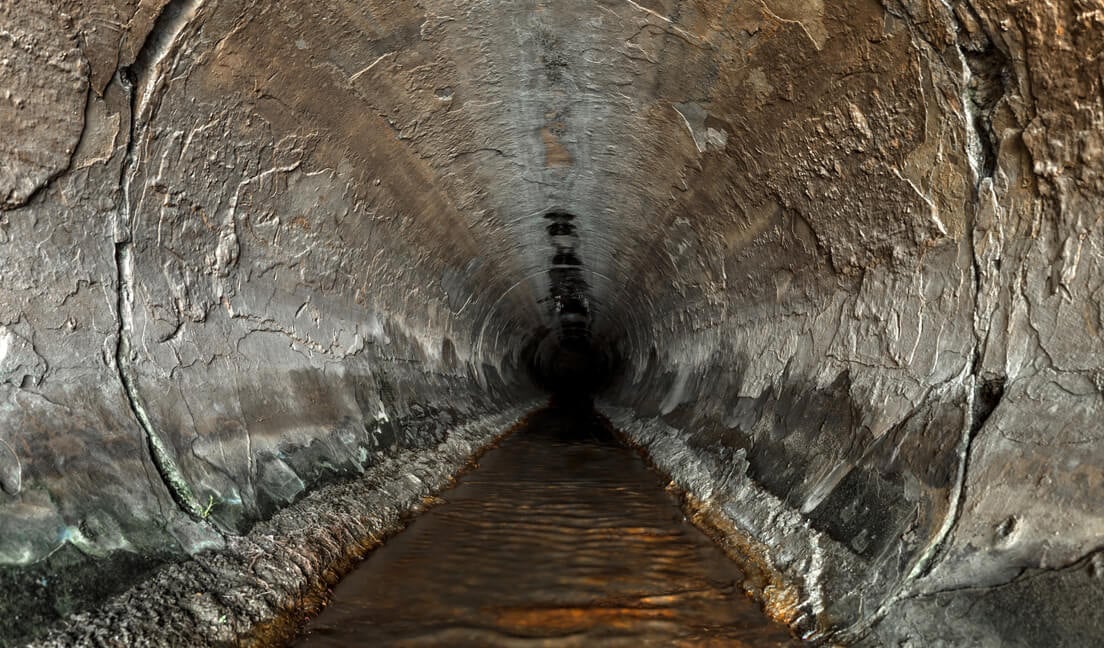
Factors that Affect the Rate of Corrosion
There are multiple factors in sewer systems which affect the formation of hydrogen sulfide, and thus, the rate of corrosion. These factors are typically based on collection system design or wastewater characteristics.
System Design Considerations
- Force main length and diameter
- Hydraulic retention time
- Daily flow patterns
- Turbulence
- Topography
- Location
Wastewater Characteristics
- Time of day and season
- Wastewater pH
- Temperature
- Biochemical oxygen demand (BOD)
- Sulfate concentration
- Flow rate
How to Prevent Microbial Induced Corrosion
The good news is that, by updating your hydrogen sulfide treatment regimen, you can effectively prevent MIC in your sewer system, while also eliminating odors.
Evoqua has a comprehensive range of industry leading solutions and the expertise to help protect the infrastructure of your wastewater treatment system. We can tailor any program to meet your application needs in preventing corrosion in order to maximize the life of your collection system.
